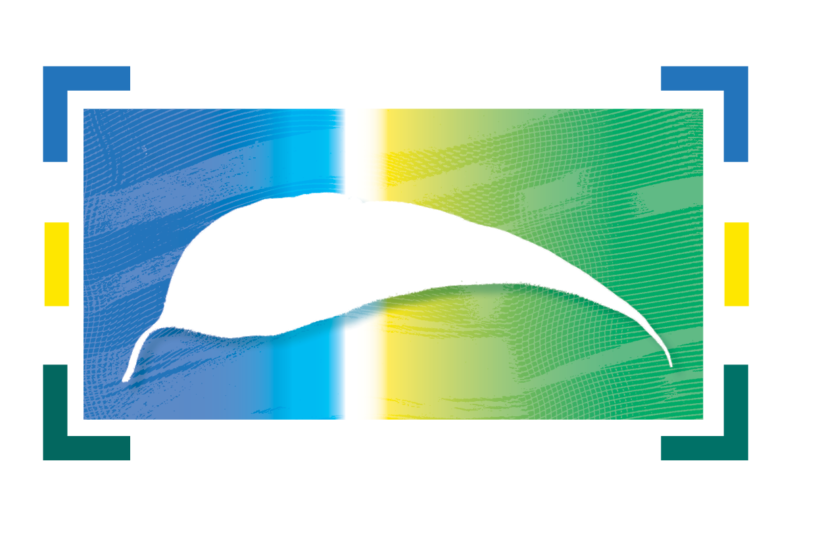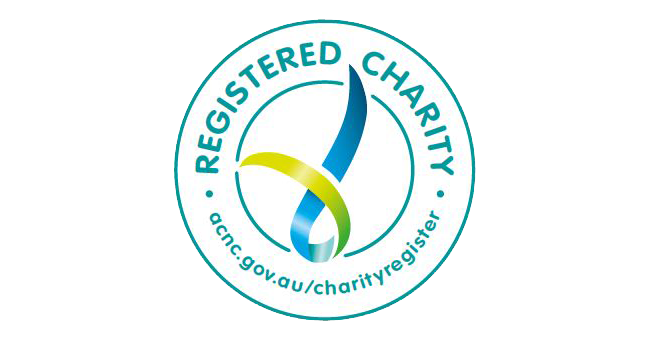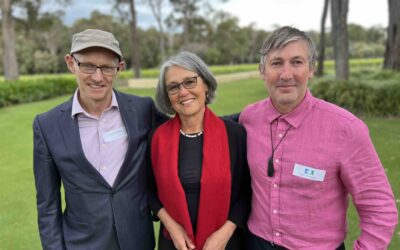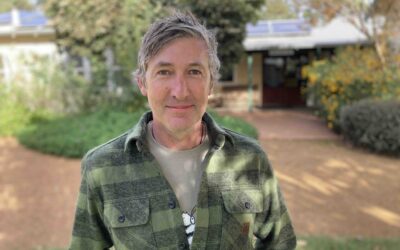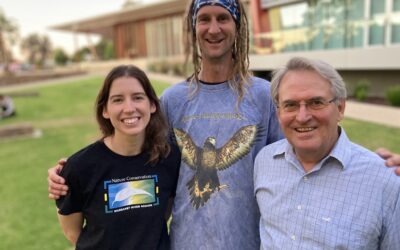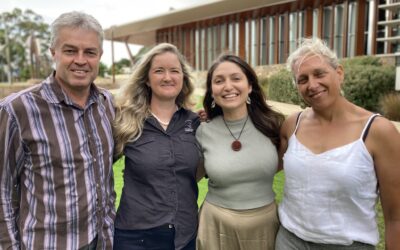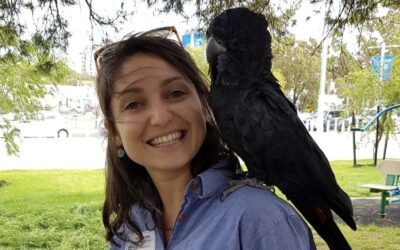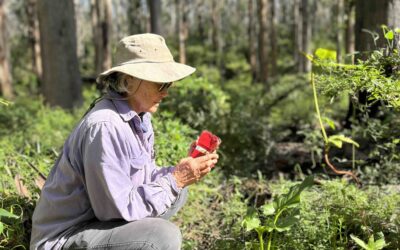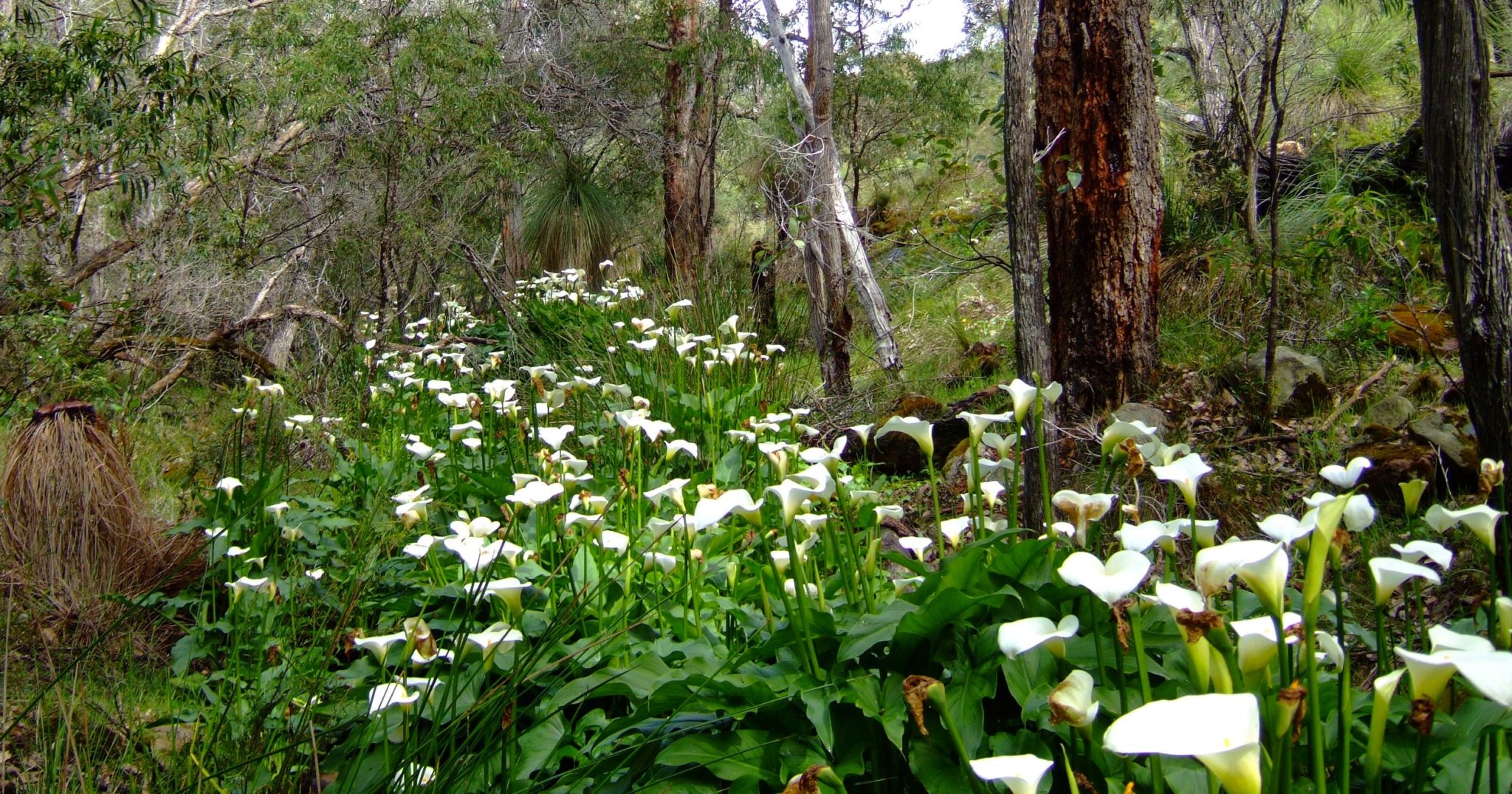Advocacy
Nature Conservation has a strong commitment to providing advocacy and leadership on local environmental issues.
Calling for world-class management of the Margaret River Region
We draw upon our strong science base and local experience and knowledge to call for and advocate for environmental best practice and fit-for-purpose management of our unique local environment. Timely and considered contributions to planning, policy and decision-making processes and discussions are an important and effective component of our work.
It also compliments our other roles and programs on environmental education, community and landholder support, strategic planning and management, and on-ground conservation work. And strong advocacy is absolutely necessary given the many pressures on our region.
Advocacy
Since 2022, we have been working to establish a strong advocacy program to provide a voice for our local environment in the face of difficult challenges like biodiversity loss, climate change and land use change. We provide that voice in several ways, including making written submissions on proposed changes to laws, regulations and policies, and on proposals for land development.
Our advocacy program is staffed almost entirely by volunteers and is lead by our Board Advisor Emma Scaife, who has both a legal and environmental background.
Listen to Emma chatting about our advocacy program
What we monitor
We monitor proposals for potential submission across all levels of government (local, state and federal). We regularly monitor planning applications submitted to the local government for comment and any local proposals under review by WA’s Environmental Protection Authority. We also look out for native vegetation clearing proposals and we welcome notifications from the local community of various proposals.
When we make a submission
We choose to make submissions where we think a voice for the environment will make a real and positive difference to the outcome. With this in mind, we make a preliminary assessment of the conservation value of the land and the significance of the potential environmental impacts that we see occurring before deciding to prepare a submission. As we are staffed by volunteers, choosing to make a submission is always a discretionary decision and subject to consideration of available resources.
What we say in our submissions
Our submissions focus on matters directly relating to environmental conservation and we take a pragmatic, science-based approach. We don’t engage in activism or make submissions on matters that relate to non-environmental concerns, such as nuisance to neighbours or damage to property. In our submissions, we try to assist applicants or government bodies to find a more conservation-friendly way of achieving their goals, and we typically offer to meet in person with applicants or government representatives to provide further assistance.
Submissions we have made
Nature Conservation Margaret River Region
We make around 6 submissions each year. Each submission takes 3 or 4 days to prepare, and involves a small team of people to review the relevant documents, examine the potential environmental impacts that are raised and consider how a better outcome could be achieved.
Key team members that unhesitatingly contribute their valuable experience to the team include Board Members Crispin Underwood, Suzanne Hillier and Hamish Worsley. We are fortunate to have secured planning guidance from Board Advisor Charles Johnson AO and assistance from specialist volunteer Sarah Low. Our Chair Ann Ward keeps an overview of all submissions, and our CEO Aaron Jaggar coordinates the final drafting and provides helpful input along the way. Other staff members lend a hand at times, and we also chat about upcoming submissions with interested locals wherever possible.
Here are some examples of different types of submissions we have made. Click on the link to see the full submission. If you would like to know if we have made a submission on a particular matter that isn’t listed below, please get in touch. We’re happy to provide copies of past submissions.
Federal government policy
When the new Federal minister for the Environment was appointed, we wrote to her seeking a change in the way the Federal government engages in biodiversity protection.
Key points:
- Individual species protection is not working
- Restoration of ecosystems is a better approach
Coastal resort development
The WA Environmental Protection Authority were seeking public comment on a proposal to create a resort and holiday housing at Smiths Beach. We contributed a number of submissions throughout the process to help create a more environmentally thoughtful development.
Key points:
- Special considerations should apply to land situated close to the Leeuwin Naturalist National Park.
- Pristine native vegetation should be preserved
- Possible contamination of waterways must be avoided
- Fire risk must be properly considered
Limestone Quarry Proposal
We made a submission as part of a Joint Development Assessment Panel (JDAP) process, where comments were sought by the local government on a proposal to develop a limestone mining operation near Hamelin Bay.
Key points:
- Concerning risks to groundwater and acid sulphate soils warrant investigation
- Water use and sourcing must be clearly disclosed
- Landform changes must be assessed for potential environmental harm
- A buffer zone should be established to protect native flora and fauna
- The proposal does not meet environmental guidelines and should be referred to the EPA for full assessment
Mining Regulations
The state government proposed some changes to mining exploration regulations that we felt would impact native vegetation in the southwest. We made submissions on those aspects of the proposed regulatory changes.
Key points:
- The entire southwest biodiversity hotspot should be excluded
- Mature native trees of all species should be protected
- Annual clearing limits should be significantly reduced to minimise cumulative environmental harm
- Interim compliance monitoring should be mandated to hold unauthorised environmental harm to account
- Final audits should be completed before any new approvals are granted to ensure full rehabilitation compliance
New Housing Estate
We have commented on several structure plans for local housing developments. This submission related to a structure plan for a new development in Cowaramup where the local government sought submissions on the application as part of the local planning process.
Key points:
- Biodiversity conservation and protection of threatened species must be prioritised
- Native vegetation should be protected and restored
- Mature trees must be retained to maintain canopy cover and reduce urban heat
- Sustainable water use should be planned for the development’s future population
- Lot yield should be reduced to align with the AMR Local Planning Strategy (2022)
Native Vegetation Clearing
We made a submission on an application to clear native vegetation where we felt there was scope to save some of the vegetation that was proposed to be cleared. This submission was made to the WA Department of Water and Environmental Regulation who administer the native vegetation clearing regulations.
Key points:
- A site-specific vegetation assessment is required to properly evaluate the impact of clearing
- Known foraging habitat for endangered black cockatoos should be retained
- Mitigation measures should reflect best practice
- Assessment of threatened species should be broadened
- Impacts such as habitat fragmentation and potential waterway depletion must be fully addressed
WA STATE GOVERNMENT PROPOSED CHANGES TO EPA
The WA State Government proposed sweeping changes to the EPA (which unfortunately have now been adopted). Changes included amendments to board membership to allow industry executives to preside, changes to the approvals process allowing parallel approvals to occur and removing the right for citizens to appeal decisions. Our submission opposed these changes and stressed the need for independence, rigour and a solid science-based decision making for the EPA.
Key points:
- Industry interests bear too much weight
- EPA’s independence must be maintained
- Board appointments should prioritise environmental expertise
- Parallel approvals must not undermine environmental impact assessments
- Public appeal rights must be retained
Join our team
We are building a strong and sustainable volunteer team so we can achieve more in this sphere. If you are interested in joining our volunteer advocacy team, we would love to hear from you.
Photos by: Jinni Wilson
Latest news on Advocacy
Catalyst celebrates 25 years of conservation impact
Nature Conservation Margaret River Region has celebrated 25 years of conservation leadership and community impact, while committing to an even bolder vision for protecting nature and biodiversity over the next 25 years and beyond. The not-for-profit organisation’s...
New CEO for Nature Conservation
A highly experienced leader with a background in heading up large conservation organisations in Australia and New Zealand is the new head of Nature Conservation Margaret River Region. Aaron Jaggar is today confirmed as the new chief executive officer of the Margaret...
Forum highlights future of coast care
Nature Conservation Margaret River Region teamed up with the World Surf League to host a coast care forum last night to put the spotlight on our incredible coastline – and how to care for it into the future. The theme of this year’s event was Future Focus: Capes Coast...
Sundowner highlights caring for environment
Preserving existing bush, planting natives, creating a wildlife garden, stopping weeds, rethinking burning and lobbying for the environment are some of the ways we can care for the special nature of our region. That was the advice a packed audience heard at Nature...
Impacts of four-wheel-driving on beaches
The region’s peak conservation and tourism groups are sharing the message about the impacts of four-wheel drives on beaches and asking drivers to follow some simple steps to minimise the impact. Nature Conservation Margaret River Region and the Margaret...
Success stories at environmental sundowner
People, conservation groups and agencies are making a big impact in conserving nature and wildlife when they connect, respect and act, a packed audience heard at Nature Conservation’s recent environmental sundowner. Nature Conservation Margaret River Region’s latest...
Top speakers for conservation sundowner
Three top speakers are confirmed for Nature Conservation Margaret River Region’s next Environmental Sundowner on Tuesday, February 25, showcasing conservation innovation and success stories to give us hope for the future. Not the End of the World: Conservation in...
Citizen scientists boosting nature with Fieldbook app
A new weed mapping citizen science project launched by Nature Conservation Margaret River Region is making a huge difference to our bush and biodiversity – but more people are urged to get involved. Anyone can download the free Fieldbook mobile phone app, which allows...
New funding for fight against arum lilies
The battle against invasive arum lilies in our region received a major shot in the arm thanks to WA Government funding totalling $368,000 over the next three years. The funding – for Nature Conservation Margaret River Region’s Arum Lily Blitz – means landholders will...
Give Today
Get In Touch
Address
Community Resource Centre
33 Tunbridge Street
Margaret River WA 6285
Postal Address
PO Box 1749 Margaret River WA. 6285
Contact Us
Phone: (08) 9757 2202
Email: info@natureconservation.org.au
